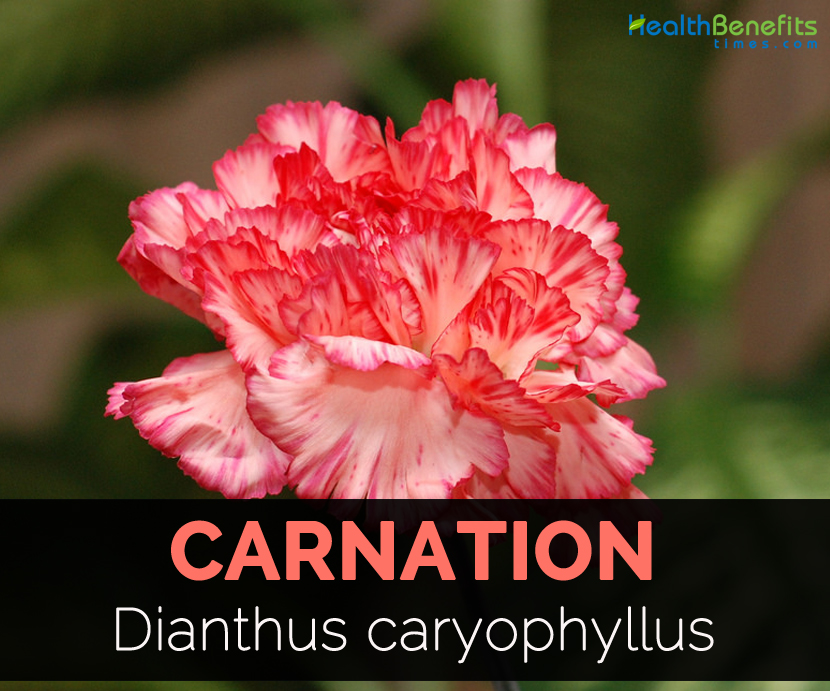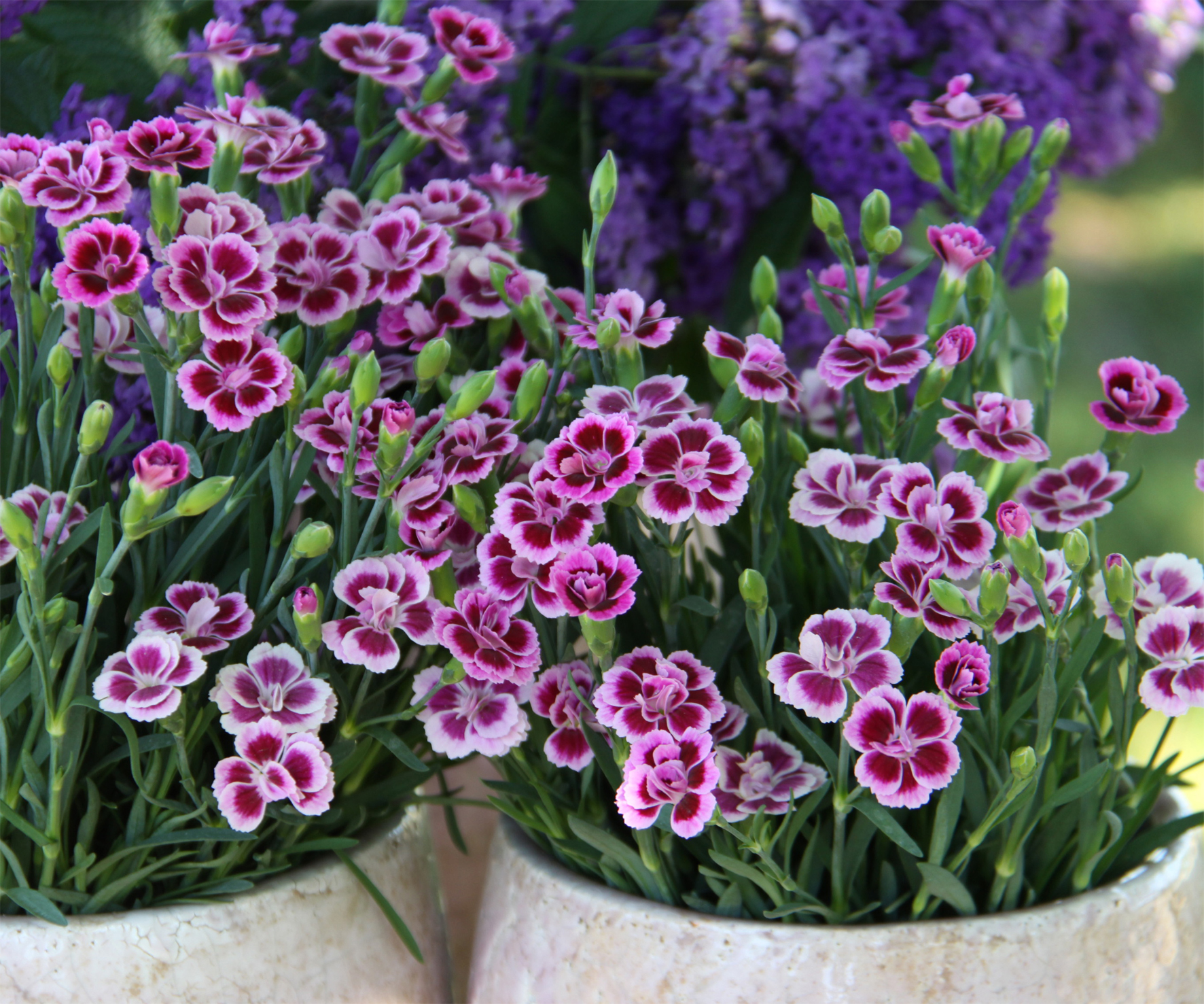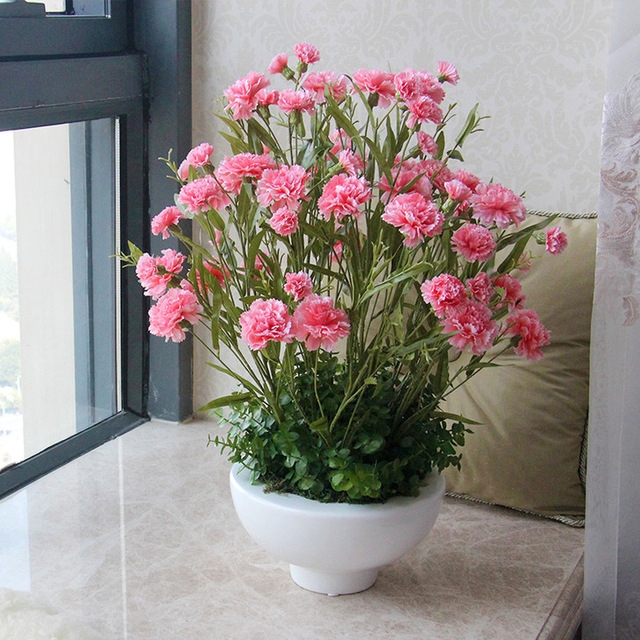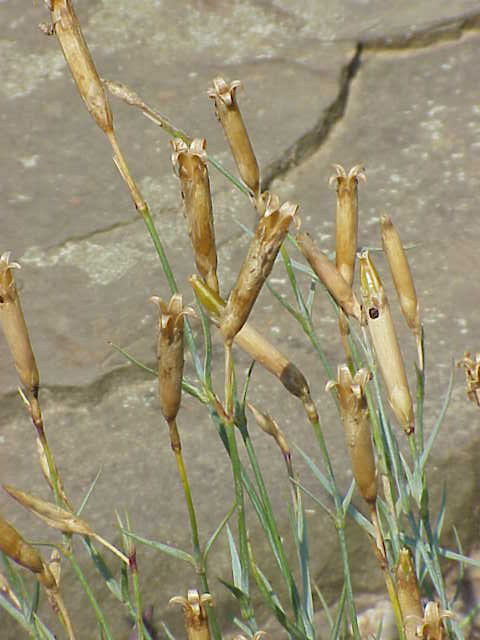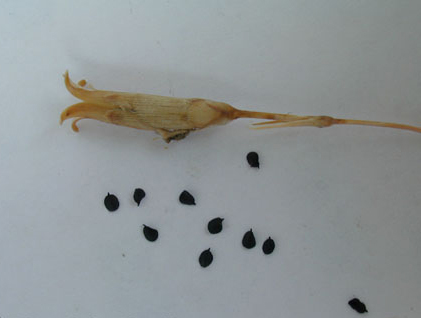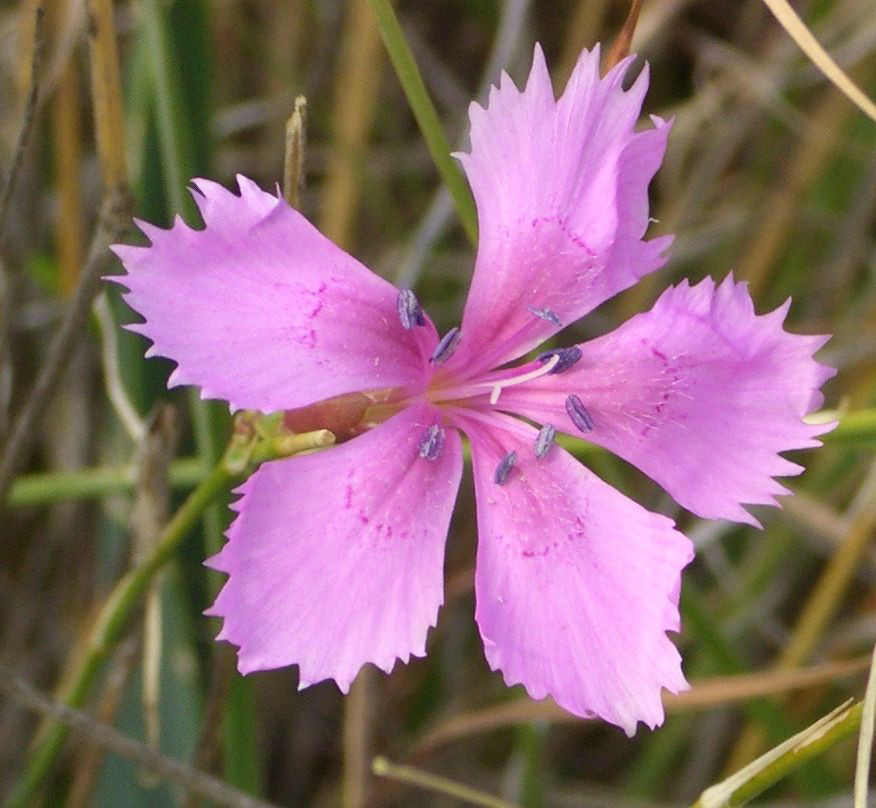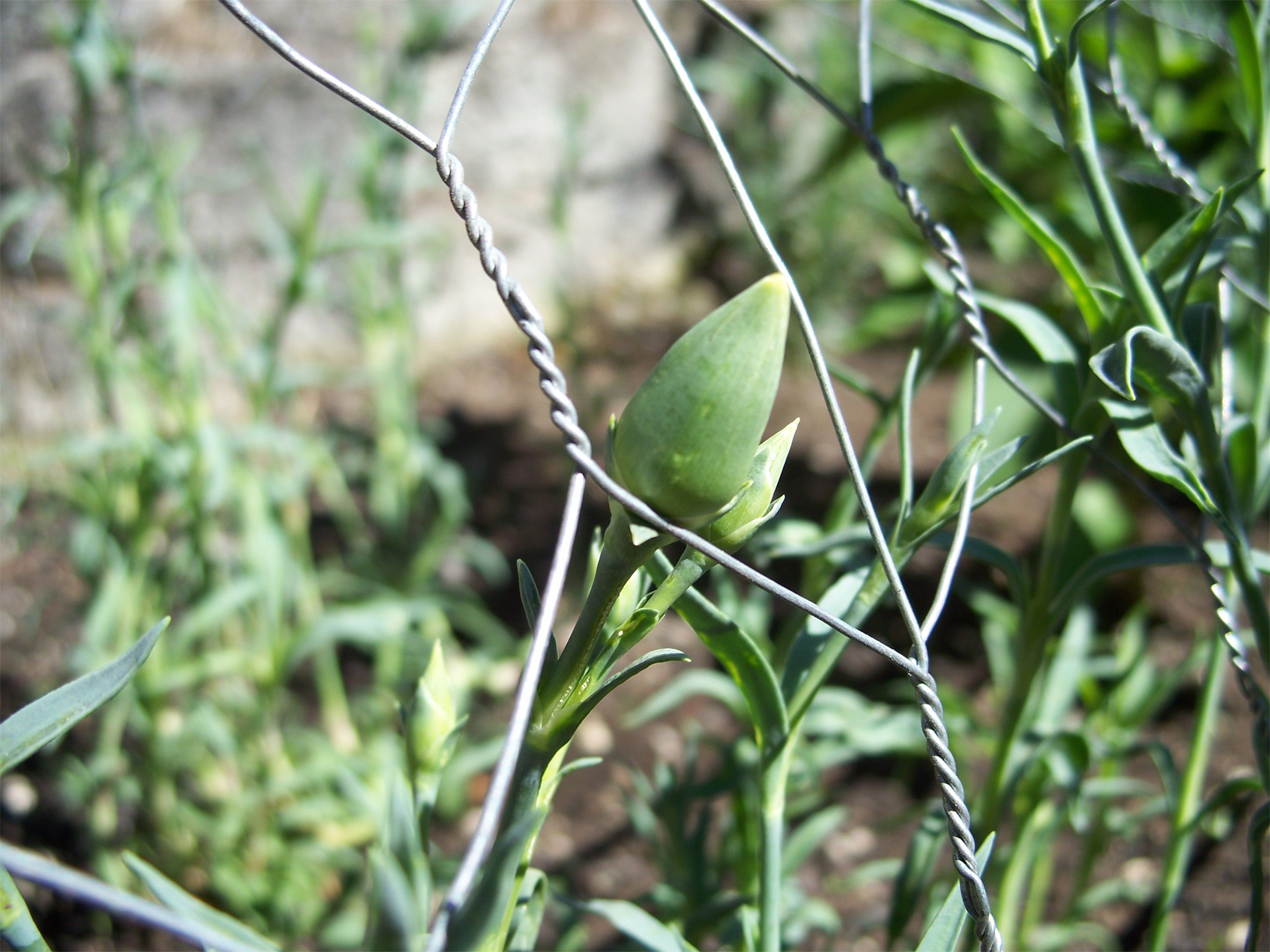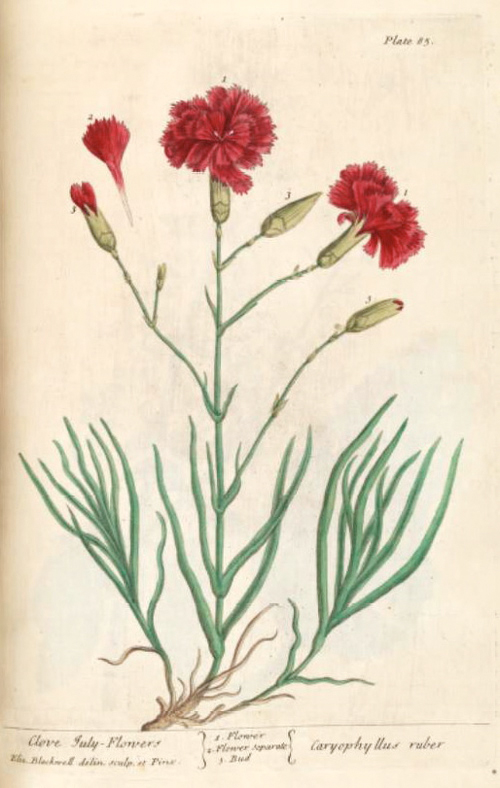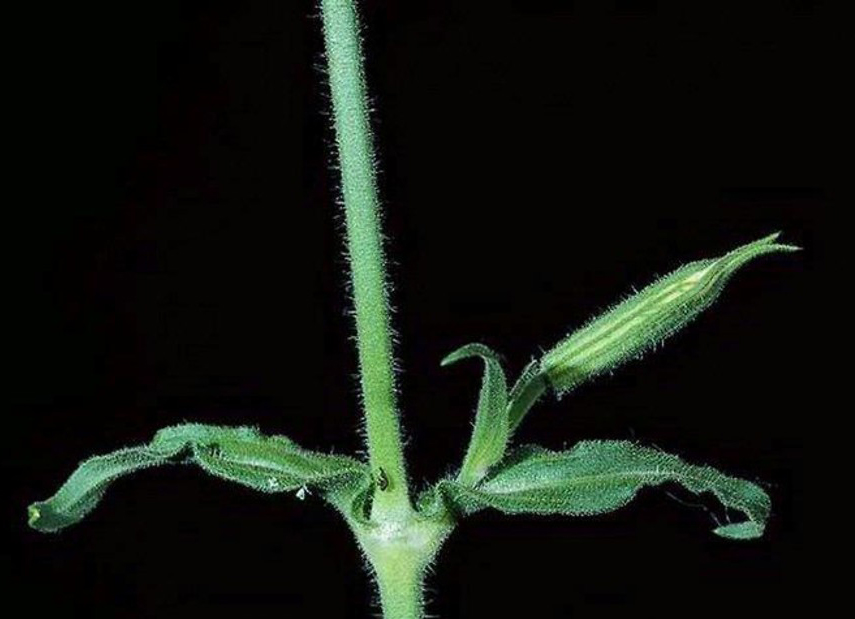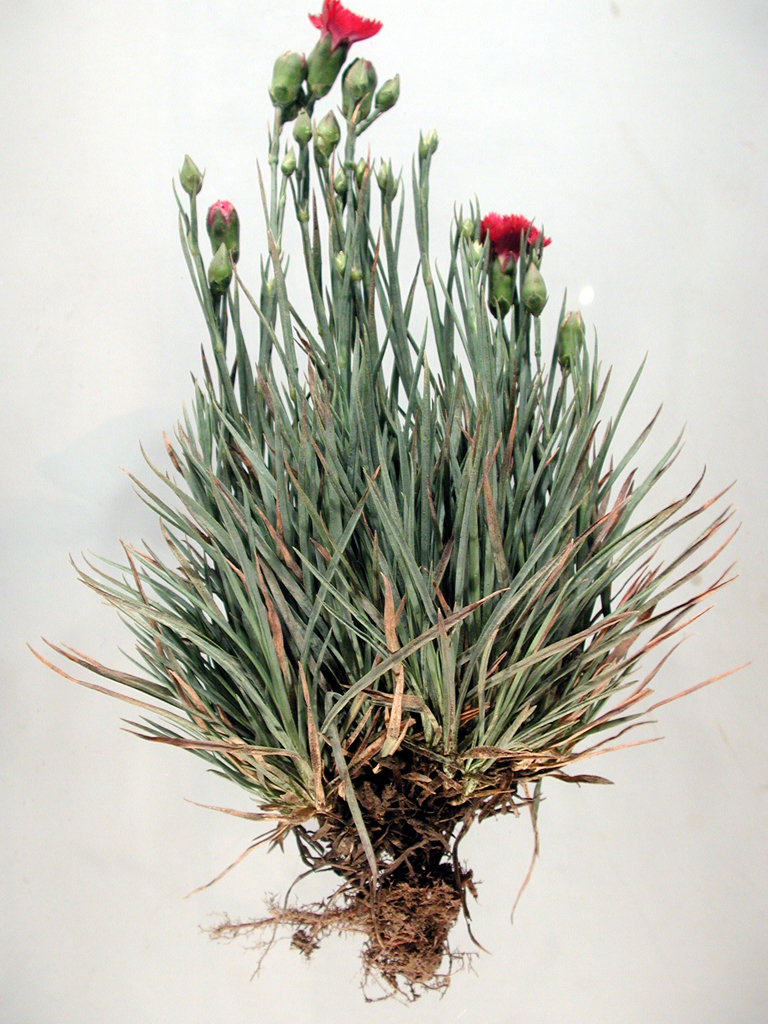| Carnation Quick Facts |
| Name: |
Carnation |
| Scientific Name: |
Dianthus caryophyllus |
| Origin |
Native to Mediterranean region. |
| Health benefits |
Treat nervous and coronary disorders, Relieve nervousness and stress, Treat muscle spasms, Soothe skin problems, Lower fever and pain |
Dianthus caryophyllus is a flowering plant belonging to the family Caryophyllaceae commonly known as pink family or the carnation family. It is a large family with some 2000 species and 88 genera. More than 300 varieties of Carnations could be found throughout the world. It is originated from Asia and Europe. This plant has been cultivated for at least 2000 years due to their intense fragrance and beautiful flowers. It requires well drained soil, direct sunlight and enough moisture for successful growth. It is believed that first carnation formed from the tears of Virgin Mary when Christ was crucified. This flower symbolizes labor movement and mother’s love in most of the countries in the world. It symbolizes bad luck in France and used for preparation of funeral bouquets.
Most of the plant is herbaceous annuals or perennials. Leaves are rarely whorled and opposite. Blades are petiolate, entire and stipulate. Flowers are hermaphrodite, terminal blooming singly or in branched or forked in cymes. Flowers are regular with five sepals and five white to pink to purple petals. Petals are fringed or deeply cleft at the end. Stems are woody at the base but have herbaceous branches. Leaves are slender, glaucous grayish green to blue-green measuring 15 centimeters long.
Plant
Carnation is a herbaceous perennial plant growing 50 to 80 cm tall having erect and branching herbaceous stem which is woody at the base. Leaves are glaucous, opposite, lanceolate to linear lanceolate and is about 10 to 15 cm long. Flowers are solitary, bisexual, sweetly scented about 3.5 to 6 cm diameter. Single flower have 5 petals and double flowers have 10 to 40 petals. Petals are obovate or broadly cuneate, serrated or clawed, red, orange, purple, white, pink, yellow and green and spotted or variegated.
Traditional uses
- In European herbal medicine, Carnation is used for treating nervous and coronary disorders.
- It is used as a tonic for fevers.
- The tea provides relief from nervousness and stress.
- It is used for treating muscles spasms, increase sweat production, improve heart health and calm nervous system.
- It is also helpful for treating problems such as excessive gas, hair loss and sore muscles.
- Its oil is used to lower wrinkles and soothe numerous skin problems.
- For sore and aching muscles, use 100 ml of vinegar by adding petals of 10 carnations. Let it remain for a day and add it to bath water.
- Carnation oils are used for treating skin rash and also act as a conditioner for skin.
- It is used to lower fever and pain.
- It is used to provide relief from chest congestion.
Precautions
It might cause allergic symptoms in sensitive people.
How to Eat
- Flower petals are used as a garnish in salads, candied, added to fruit salads, punch bowl, soups and flavoring fruit.
- It is also used as a substitute for rose petals in making syrup.
- It is used to add flavor in wine, beer and other alcoholic beverages.
- It could be added to desserts.
Other Facts
- It is propagated by seeds and plant cuttings.
- Carnation is the national flower of Spain, Monaco, Ohio and Slovenia.
- Carnation is a perennial plant which survives for more than 2 years.
References:
https://www.itis.gov/servlet/SingleRpt/SingleRpt?search_topic=TSN&search_value=506587#null
http://www.newworldencyclopedia.org/entry/Carnation
http://www.softschools.com/facts/plants/carnation_facts/637/
https://www.prestigeflowers.co.uk/flower_press/interesting-ways-using-carnations/
http://carnationflowerimages.blogspot.com/2012/07/medicinal-uses-of-carnations.html
Comments
comments


